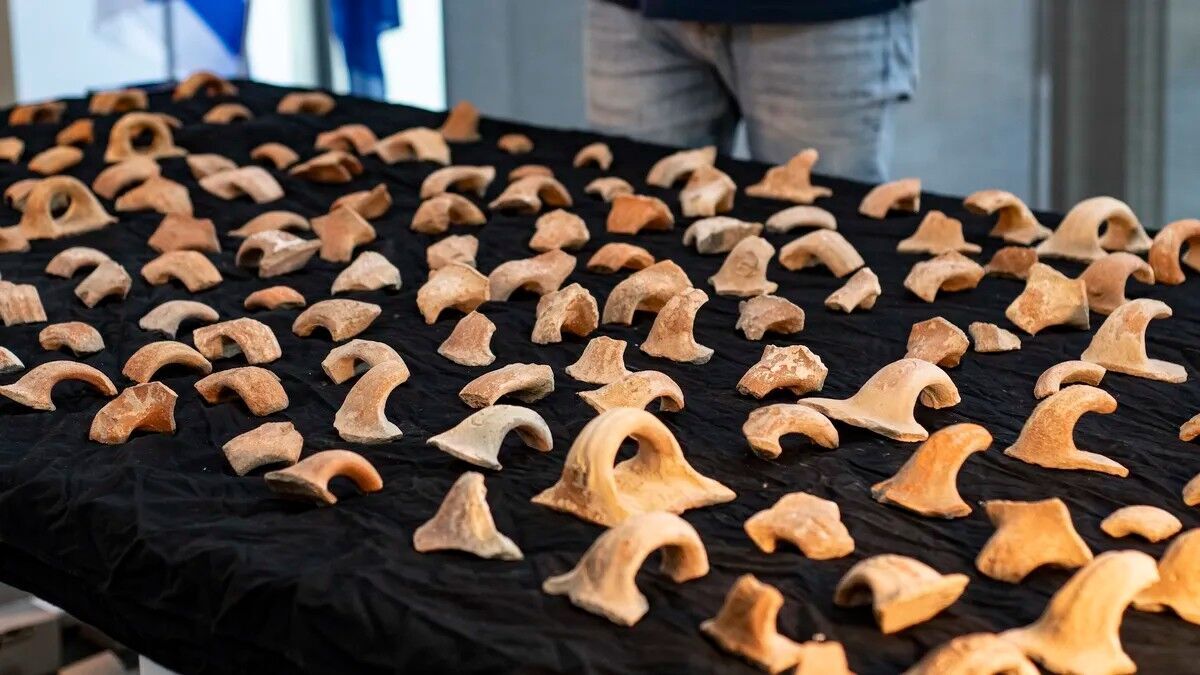Evidence of Assyrians' conquest of Holy Land discovered in Jerusalem

Archaeological findings in the Mordot Arnona neighborhood of Jerusalem have provided new insights into an Assyrian military campaign against Judaea, revealing complex political dynamics in the region during the eighth century B.C. Discovered by archaeologists, an administrative building, originally used as a taxation center by King Hezekiah of Judaea, offers evidence of the conflict. In 701 B.C., under King Sennacherib, the Assyrian army launched a siege on Jerusalem after Hezekiah refused to be a vassal to Assyria.
The siege was partially unsuccessful, despite significant conquests across Judaea. Although biblical accounts attribute this retreat to divine intervention, Assyrian records suggest hefty tributes paid by Hezekiah. Archaeological evidence, including jars with inscriptions indicating taxes collected in agricultural products like olive oil, illustrates the Judaean economic infrastructure before the Assyrian incursion. Sennacherib’s forces deliberately demolished the building, sending a strong political message about Assyrian dominance, as articulated by excavation directors Sapir, Nathan Ben-Ari, and Benyamin Storchan.

By the seventh century B.C., the building had been reconstructed, and taxation practices resumed. However, this time the taxes were directed towards the Assyrian king, indicating his control over the region, although Hezekiah was permitted to remain in power. This restructuring highlights the Assyrians' direct influence on Jerusalem’s local administrative systems, reflecting broader geopolitical impacts following their attempted conquest.
Earlier, SSP wrote that scientists recreated web-slinging technology from Spider-man.



















